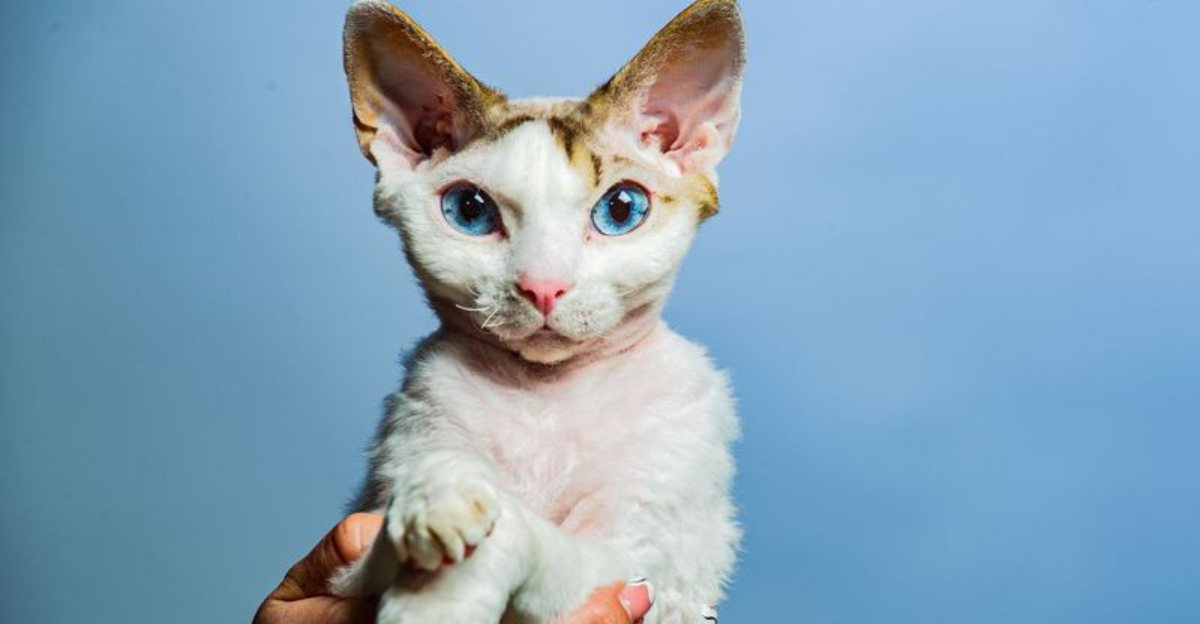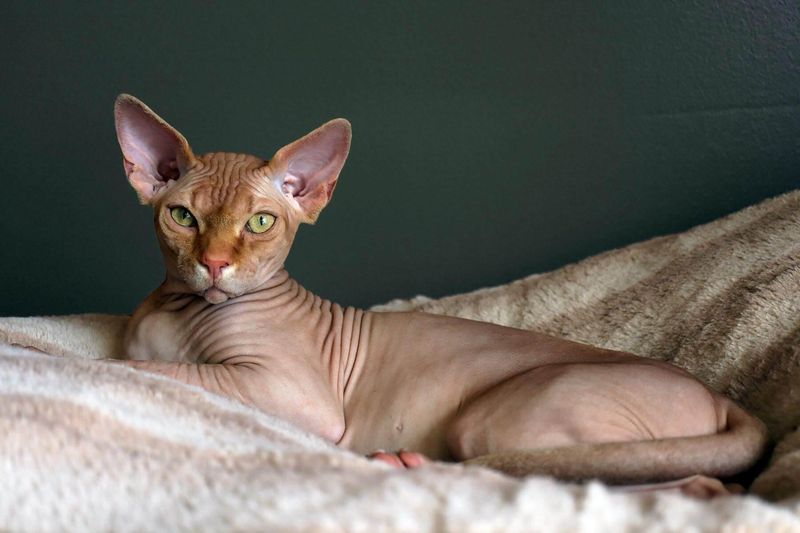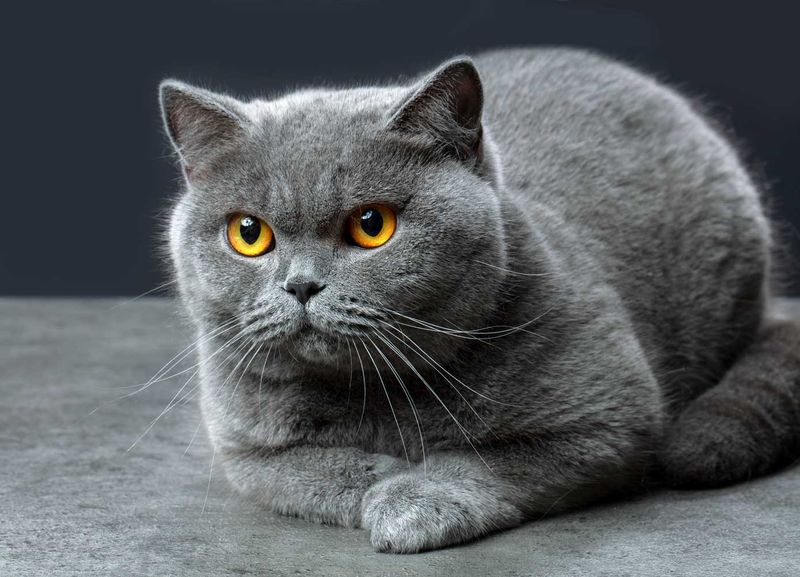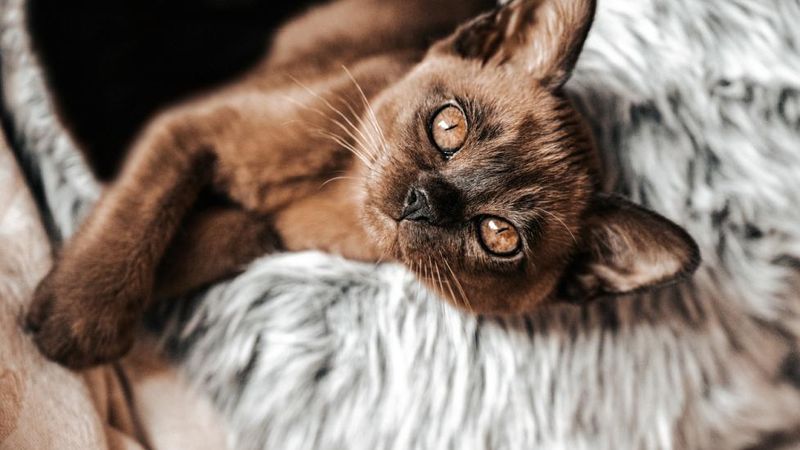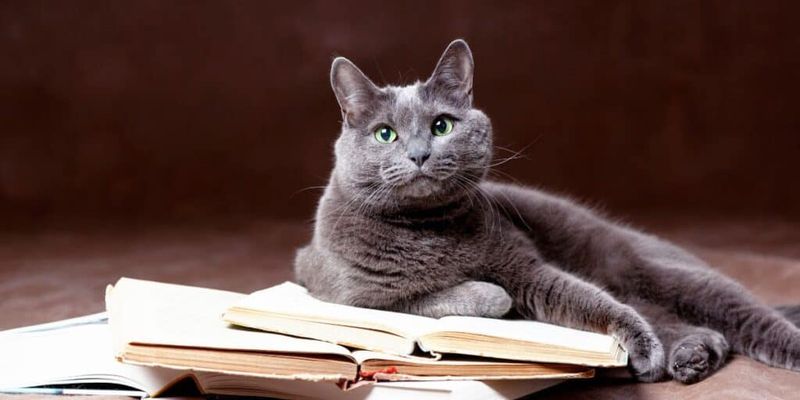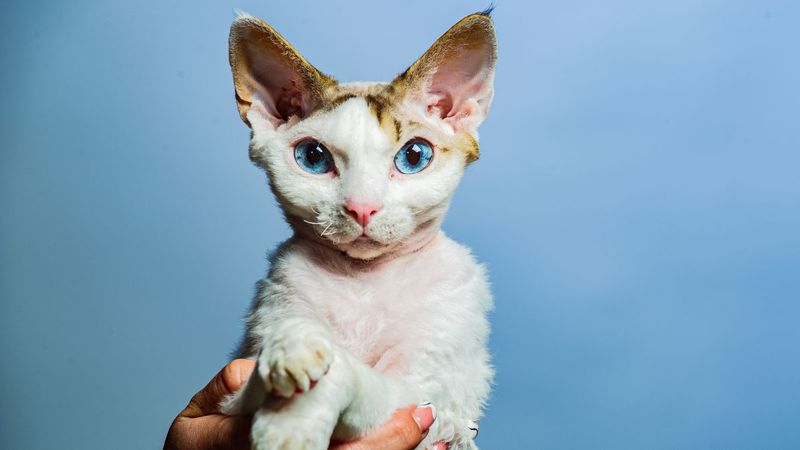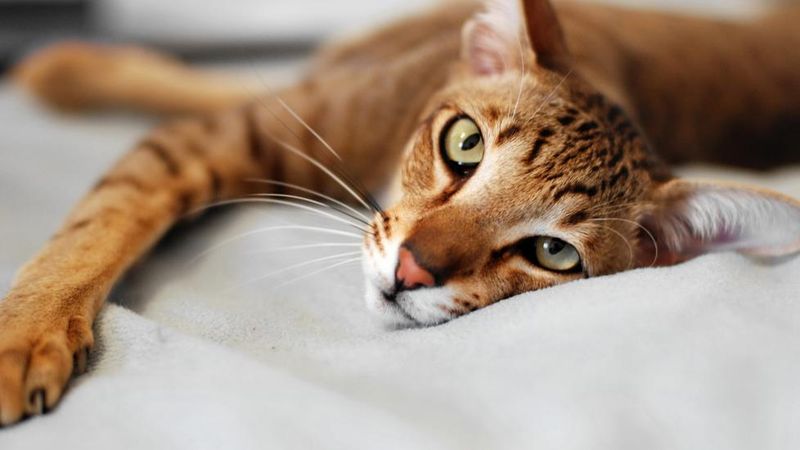📖 Table of Content:
When it comes to feline maintenance, appearances can be deceiving. Most cat lovers know the high-maintenance reputation of long-haired beauties like Persians and Maine Coons—but some breeds sneak under the radar with surprisingly intensive grooming needs. Whether due to dense undercoats, oil-prone skin, or other quirks, these cats demand a bit more pampering than their sleek exteriors let on.
What’s truly fascinating is how some of these breeds are often assumed to be “wash-and-go” types, only to leave owners scrambling for grooming tools and pet-safe shampoo weeks into ownership. A short coat or even no fur at all can be misleading—grooming isn’t just about brushing out tangles; it’s also about managing shedding, skin health, and cleanliness. And when you’re caught off guard by a breed’s needs, things can get messy—literally.
So whether you’re a future cat parent or a curious enthusiast, let’s explore seven surprisingly high-maintenance cat breeds. These felines may not look the part, but they definitely keep groomers busy!
1. Sphynx
Despite having little to no hair, the Sphynx is one of the highest-maintenance breeds out there. These naked charmers lack the fur needed to absorb skin oils, meaning their skin can become greasy and attract dirt easily. Weekly (and sometimes biweekly) baths are a must, as are regular ear cleanings and facial wipe-downs. Oddly enough, they also need help staying warm, often donning kitty sweaters in colder months. Their skin can be sensitive to sunburn, too, making outdoor time a calculated risk. Owners are often surprised to find themselves spending more time grooming a hairless cat than one with a full coat. Clean, quirky, and undeniably lovable, Sphynx cats are living proof that less fur doesn’t equal less fuss.
2. British Shorthair
At first glance, the British Shorthair’s dense, plush coat seems fuss-free, but it’s anything but. The thickness of their fur traps shed hairs and dander, making weekly brushing essential to keep the coat clean and healthy. This breed also tends to shed heavily with seasonal changes, which can overwhelm unprepared pet parents. Beneath their round, teddy bear-like appearance lies a grooming routine that rivals some long-haired breeds. They aren’t fans of constant handling, so getting them used to brushing early on is key. While not prone to matting, their coat can dull and get greasy without regular upkeep. British Shorthairs are dignified but demand a bit of behind-the-scenes maintenance.
3. Burmese
Smooth as velvet and sleek as a shadow, the Burmese cat’s coat seems almost too easy to maintain—but don’t be fooled. Their short, satiny fur masks a skin type that can become oily without regular brushing and care. In fact, their grooming needs are more about skincare than fur detangling. They also shed more than people anticipate, leaving behind fine hairs that cling to furniture and clothes. Because of their sociable, affectionate nature, they actually enjoy grooming sessions as bonding time. Still, it’s important to clean their ears and keep an eye on tear staining, especially in lighter-colored Burmese. Simple as they look, these cats deserve a full grooming routine to match their radiant personalities.
4. Russian Blue
Elegance meets effort with the Russian Blue, whose short, silvery coat hides a dense double-layer of fur. This breed tends to shed in surprising quantities, especially in spring and fall, necessitating regular brushing to keep things under control. While their coat is naturally lustrous, it can lose its sheen if not maintained properly. A soft-bristled brush once or twice a week helps remove loose hair and distributes natural oils evenly. These cats are also fairly clean by nature, but benefit from the occasional wipe-down. Their quiet, gentle demeanor makes them cooperative during grooming, which is a blessing. With a bit of care, their shimmering coat remains a showstopper.
5. Devon Rex
Few cats are as visually unique as the Devon Rex, and their grooming requirements are just as distinct. Their fine, wavy fur is delicate and sparse, requiring a light touch during grooming to avoid breakage. Bathing may be needed more often than brushing, as their skin produces oils that build up due to the lack of dense fur. Their oversized ears tend to collect wax quickly and should be cleaned regularly. Interestingly, their coat varies in density across the body, sometimes leaving bald patches that can get greasy. Some Devons may even need their claws wiped down to remove excess oils. They’re playful and sprightly, but they come with a grooming regimen you wouldn’t expect from such a pixie-like breed.
6. Oriental Shorthair
Lean, angular, and built for the catwalk, the Oriental Shorthair doesn’t appear to require more than the occasional brush—but surprise! Their ultra-fine coat can accumulate skin oils and debris, especially on lighter-colored individuals. This breed is also prone to shedding year-round, with finer hairs that easily embed in fabrics. Regular grooming keeps their coat sleek and also gives you a chance to check for any skin irritation. Because they’re so social and intelligent, many actually enjoy the attention of a grooming routine. Their large ears and almond-shaped eyes benefit from a gentle wipe-down now and then. Sleek on the surface, the Oriental Shorthair hides a spa-level routine beneath the glam.
7. Manx
Tail or no tail, the Manx comes with a coat that needs more attention than many expect. Longhaired varieties in particular are prone to clumping, especially around the rump—an area that requires extra hygiene care. Even the shorthaired Manx sports a dense double coat that needs brushing at least weekly. Their grooming needs increase dramatically during shedding seasons, and their cleanliness can suffer if their tail area isn’t regularly maintained. Because they’re active and playful, they can be a bit squirmy during brushing sessions. Establishing a grooming routine early helps them get comfortable with the process. Behind that rounded rear and bunny-hop gait is a coat that calls for consistent care.
